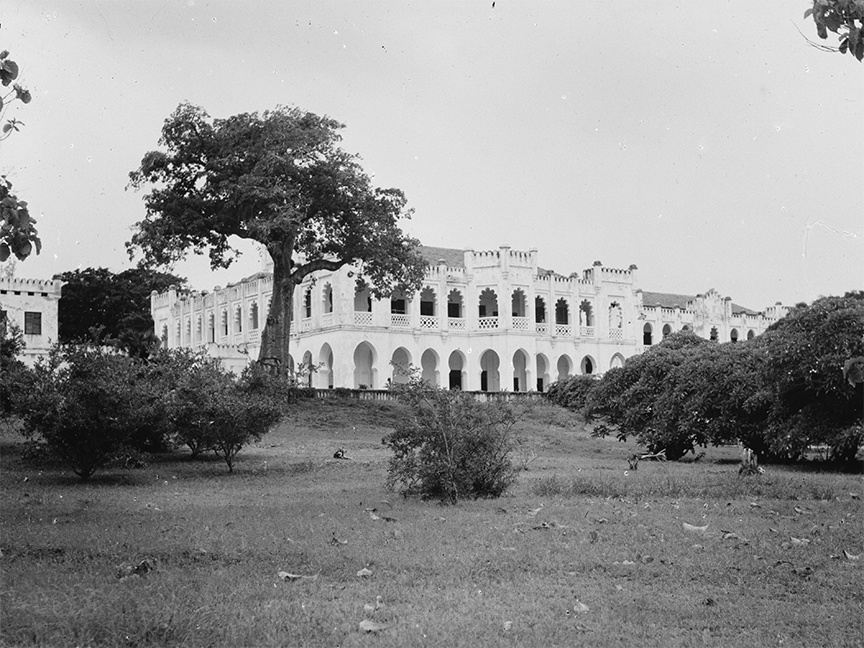1964 Zanzibar and Tanganyika Merge

Zanzibar
Zanzibar had become independent in 1963. In January 1964 the predominately Arab government was overthrown by Black nationalists. President Nyerere of Tanganyika suggested that the two countries merge. The suggestion was accepted by Zanzibar and a new country by the name of Tanzania was born.
The merger between Tanganyika and Zanzibar to form the United Republic of Tanzania is a unique and important chapter in African post-colonial history. After gaining independence from British rule in 1961, Tanganyika was led by its first President, Julius Nyerere, a man with strong Pan-Africanist views. Zanzibar, an archipelago off the coast of Tanganyika, became independent from British colonial rule in December 1963. However, its independence was marked by internal tensions primarily along ethnic and racial lines, between the Arab elite who had held power and the majority Black African population.
In January 1964, a revolution in Zanzibar overthrew the Arab-led government. The revolt was led by Black nationalists who were dissatisfied with the social and political inequalities perpetuated by the Arab-dominated government. Within a month of the revolution, Nyerere, who was already an influential leader in the region, proposed the idea of a union between Tanganyika and Zanzibar.
Nyerere’s proposition was motivated by multiple factors. Politically, Nyerere believed that a union would strengthen the two countries in the international arena and further the Pan-African cause. Additionally, there were concerns that the political instability in Zanzibar could be exploited by external forces, including communist powers, which could jeopardize the security of the entire region. Abeid Amani Karume, who became the President of Zanzibar following the revolution, agreed to Nyerere's proposal.
On April 26, 1964, the two nations formally united to become the United Republic of Tanzania. Under the new arrangement, Julius Nyerere became the President of Tanzania, while Abeid Amani Karume took on the role of the Vice President and retained his presidency over Zanzibar. The union was constitutionally structured to provide significant autonomy to Zanzibar, which maintained its own government and certain legislative powers.
However, the merger was not without challenges. Ethnically and culturally, the two entities were different. While Swahili culture predominated in both, Zanzibar had a stronger Arab influence due to its history as a sultanate and a center for trade, including the slave trade. Political and economic disparities also existed. Zanzibar had a more socialist-oriented economy, while Tanganyika initially leaned toward a capitalist economic model before Nyerere introduced his socialist Ujamaa policies.
Despite these challenges, the union has endured for over five decades, making Tanzania one of the most politically stable countries in Africa. While tensions and debates over the structure and benefits of the union continue to arise periodically, the merger stands as a significant example of voluntary political integration in post-colonial Africa.
 >
>